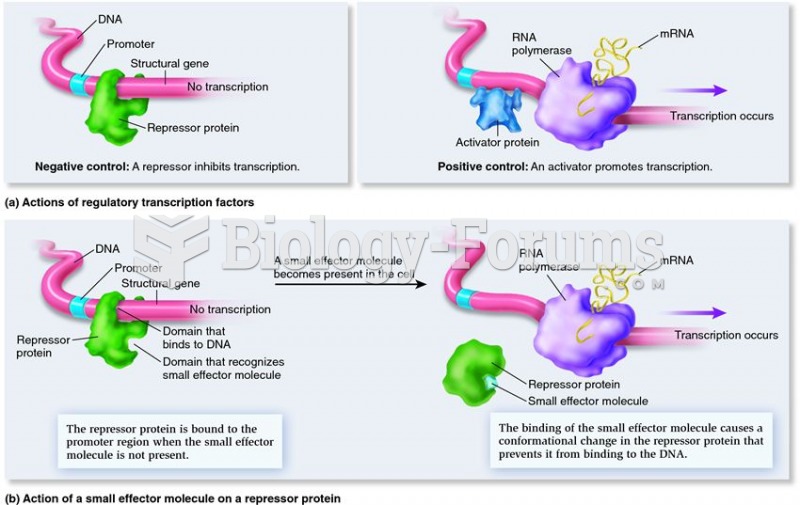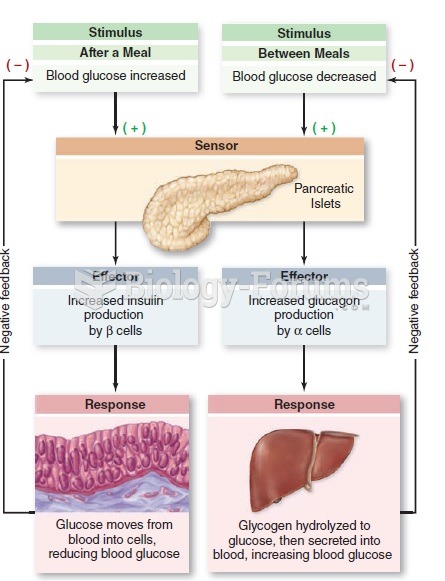Answer to Question 1
ANS: C, D, E
If hypotension occurs after an epidural has been placed, techniques such as a rapid nondextrose IV fluid bolus, maternal repositioning, and oxygen administration are implemented. If those interventions are ineffective, IV ephedrine in 5- to 10-mg increments can be prescribed to promote vasoconstriction to raise the blood pressure. The client in active labor should not be encouraged to drink fluids. In a Trendelenburg position, the body is flat, with the feet elevated. This would not be a position to use for a pregnant client.
Answer to Question 2
ANS: A, B, C, D, E
Culture: A woman's sociocultural roots influence how she perceives, interprets, and responds to pain during childbirth. Some cultures encourage loud and vigorous expressions of pain, whereas others value self-control. The nurse should avoid praising some behaviors (stoicism) while belittling others (noisy expression).
Anxiety and fear: Extreme anxiety and fear magnify sensitivity to pain and impair a woman's ability to tolerate it. Anxiety and fear increase muscle tension in the pelvic area, which counters the expulsive forces of uterine contractions and pushing efforts.
Support systems: An anxious partner is less able to provide help and support to a woman during labor. A woman's family and friends can be an important source of support if they convey realistic and positive information about labor and birth.
Preparation for childbirth: This does not ensure a pain-free labor. Preparation does reduce anxiety and fear. It also allows a woman to rehearse for labor.
Previous experiences with pain: Fear and withdrawal are natural responses to pain during labor.
Learning about these normal sensations ahead of time helps a woman suppress her natural reactions of fear regarding the impending birth. If a woman previously had a long and difficult labor, she is likely to be anxious. She may also have learned ways to cope and may use these skills to adapt to the present labor experience.







